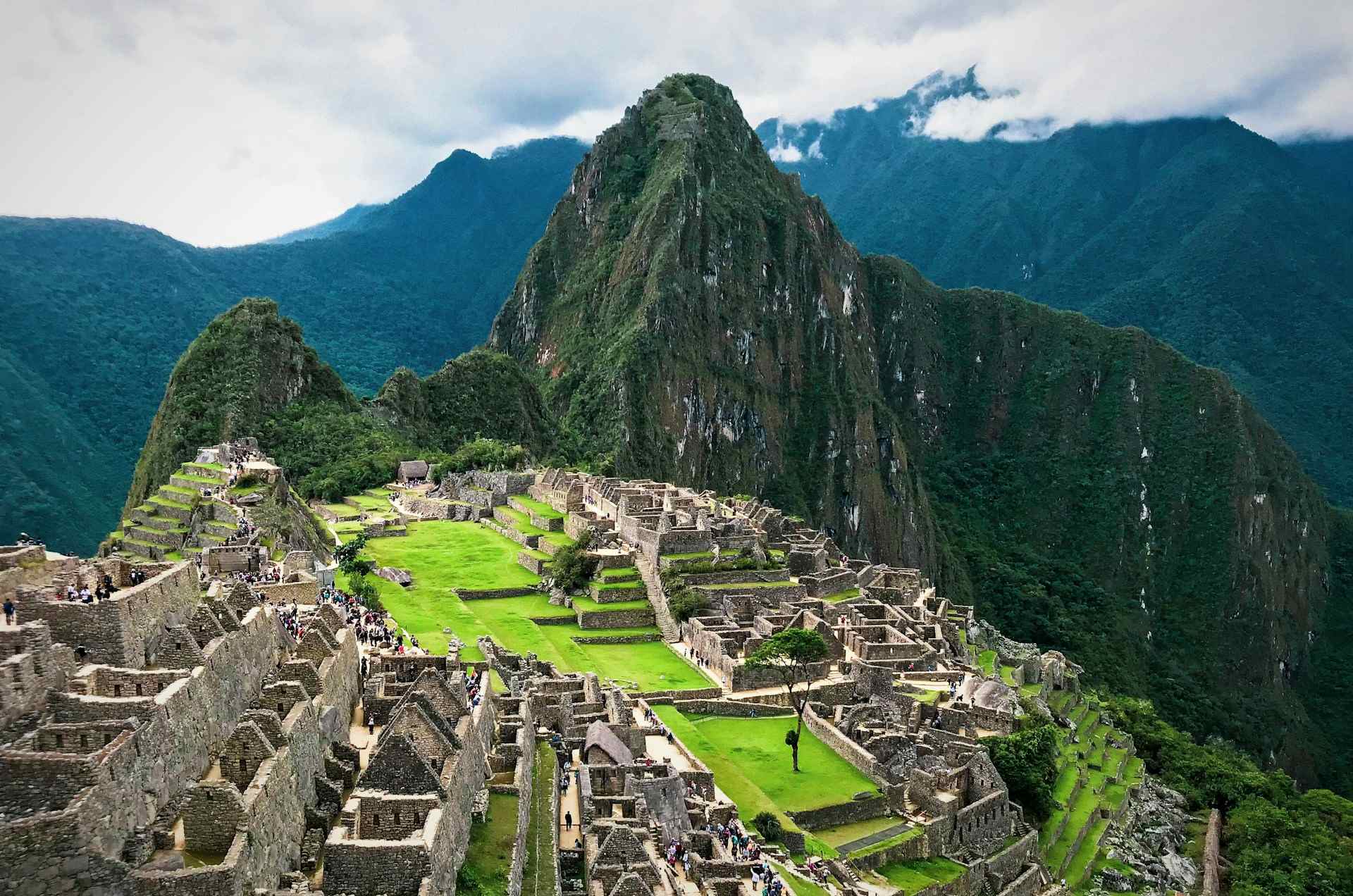Exploring the ruins of ancient civilizations allows us to bridge the gap between past and present, offering a unique lens through which to understand humanity’s development. From the towering mountains of Peru to the ruins of Petra in Jordan, the world is filled with historical sites that transport visitors back in time. Among these, Machu Picchu stands as one of the most iconic symbols of a long-lost civilization. But it’s not alone; there are numerous other awe-inspiring places around the world where travelers can still connect with ancient cultures.
Machu Picchu, perched high in the Andes Mountains, is the quintessential site for those fascinated by the Inca Empire. Rediscovered by Hiram Bingham in the early 20th century, this 15th-century citadel continues to captivate visitors with its precision stonework and stunning vistas. But Machu Picchu is not only an architectural wonder; it also offers insights into how the Incas thrived in one of the most challenging environments on Earth. The site’s preservation is a priority for the Peruvian government, and steps such as limiting visitor numbers and implementing designated paths are helping ensure the site’s sustainability for future generations.
As we journey from the Andean peaks, we travel to Angkor Wat in Cambodia, the largest religious monument in the world. Originally built as a Hindu temple in the early 12th century and later converted to a Buddhist temple, Angkor Wat is a magnificent symbol of the Khmer Empire’s strength and cultural depth. Visitors can marvel at its grand scale and intricate bas-reliefs, but with its massive popularity, it also faces challenges related to environmental sustainability. Efforts to conserve water levels and prevent further damage from over-tourism are essential to maintain this sacred site.
Continuing eastward, we reach Göbekli Tepe in Turkey, a site that rewrites the early history of humanity. Believed to be the world’s oldest known temple complex, Göbekli Tepe dates back more than 11,000 years. The purpose of the site remains a mystery, but its enormous stone pillars and unique carvings offer significant clues into the spiritual and religious practices of early humans. Unlike other ancient sites, Göbekli Tepe predates agriculture, suggesting a complex society with advanced beliefs far earlier than previously thought.
These destinations offer more than just scenic views; they provide windows into the lives of ancient peoples and a chance to understand their cultures, achievements, and challenges. However, as the number of visitors grows, the preservation of these sites becomes increasingly important. Sustainable tourism practices, careful management, and respect for local conservation efforts are essential to ensuring that these wonders of the world continue to inspire future generations.


